Alternative, different and unusual gemstones for engagement rings
Posted on
While a diamond is forever (according to Frances Gerety for the De Beers marketing campaign in the 1940s), not everyone wants a diamond engagement ring. What other gemstones could you choose as an unusual alternative?
My first criteria in choosing an alternative gemstone for an engagement ring would always be its durability. A gemstone’s durability describes its hardness (resistance to scratching), toughness (resistance to breaking under pressure) and stability (resistance to being altered by light, heat or chemical attack).
It doesn't sound a very romantic reason to choose a gemstone, but with hard work, compromise and good fortune, an engagement ring may be worn daily for 20, 30, 40 years - or more, if you are very lucky. While we all know that gem-set rings shouldn’t be worn when playing sport or doing manual tasks, gardening or cleaning as any of these could damage a stone, the gemstones I’ve chosen are generally among some of the more durable.
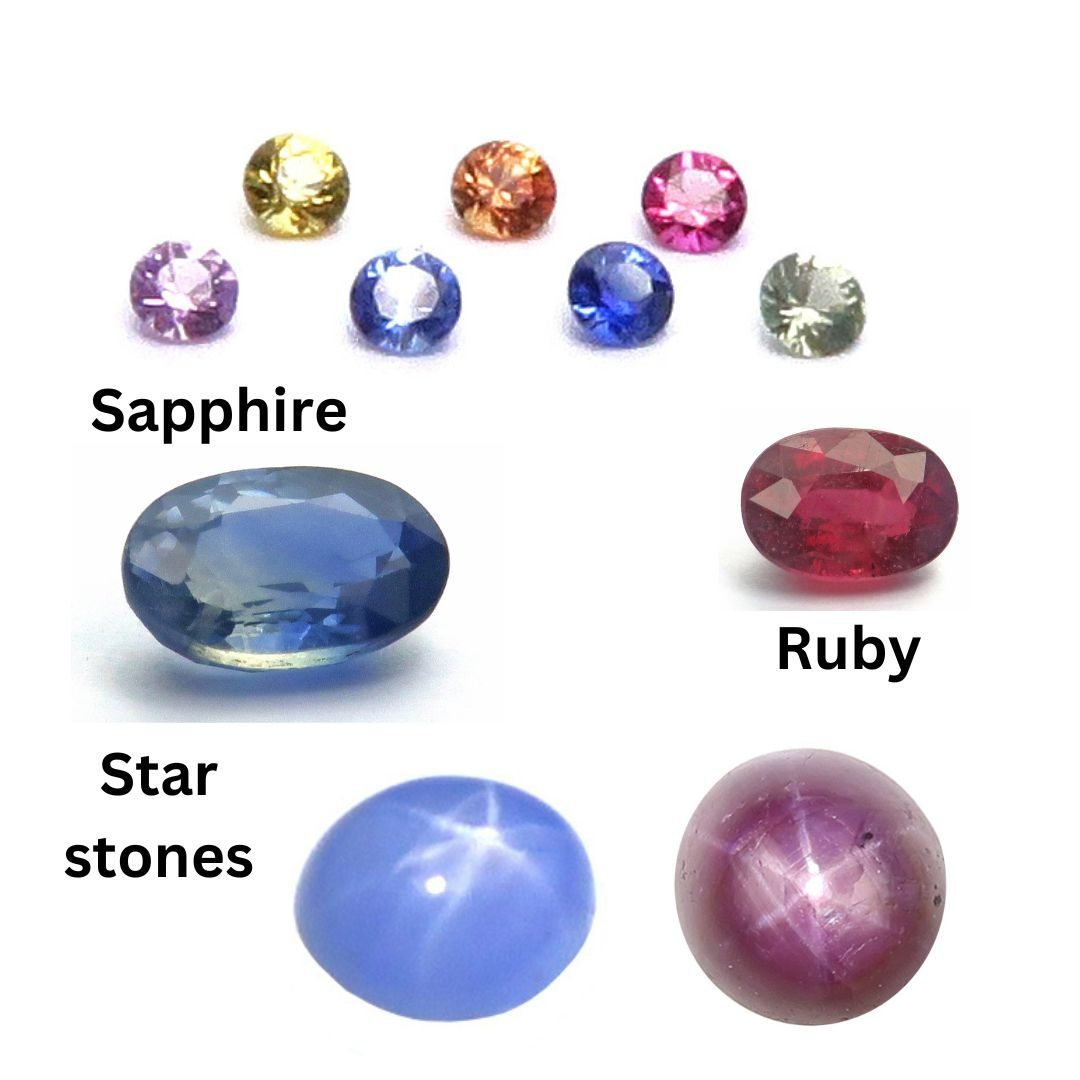
Starting with the more familiar… sapphires are part of the corundum family and the most durable natural gemstone after diamonds, but did you know they can be found in a whole rainbow of colours, not just the traditional blue. You can also find parti-coloured (two different colours in one stone) or even colour change sapphires that appear different colours under different light sources!
Rubies are the red-coloured members of the corundum family and share sapphire’s durability. If you wanted a very special ruby or sapphire, you could look for a star stone – one with particularly oriented inclusions which make it appear as if a white star is moving backwards and forwards across the surface of the stone as it is moved. Both rubies and sapphires can really hold their own as a solitaire stone in an engagement ring or why not have a selection of the wide range of colours.
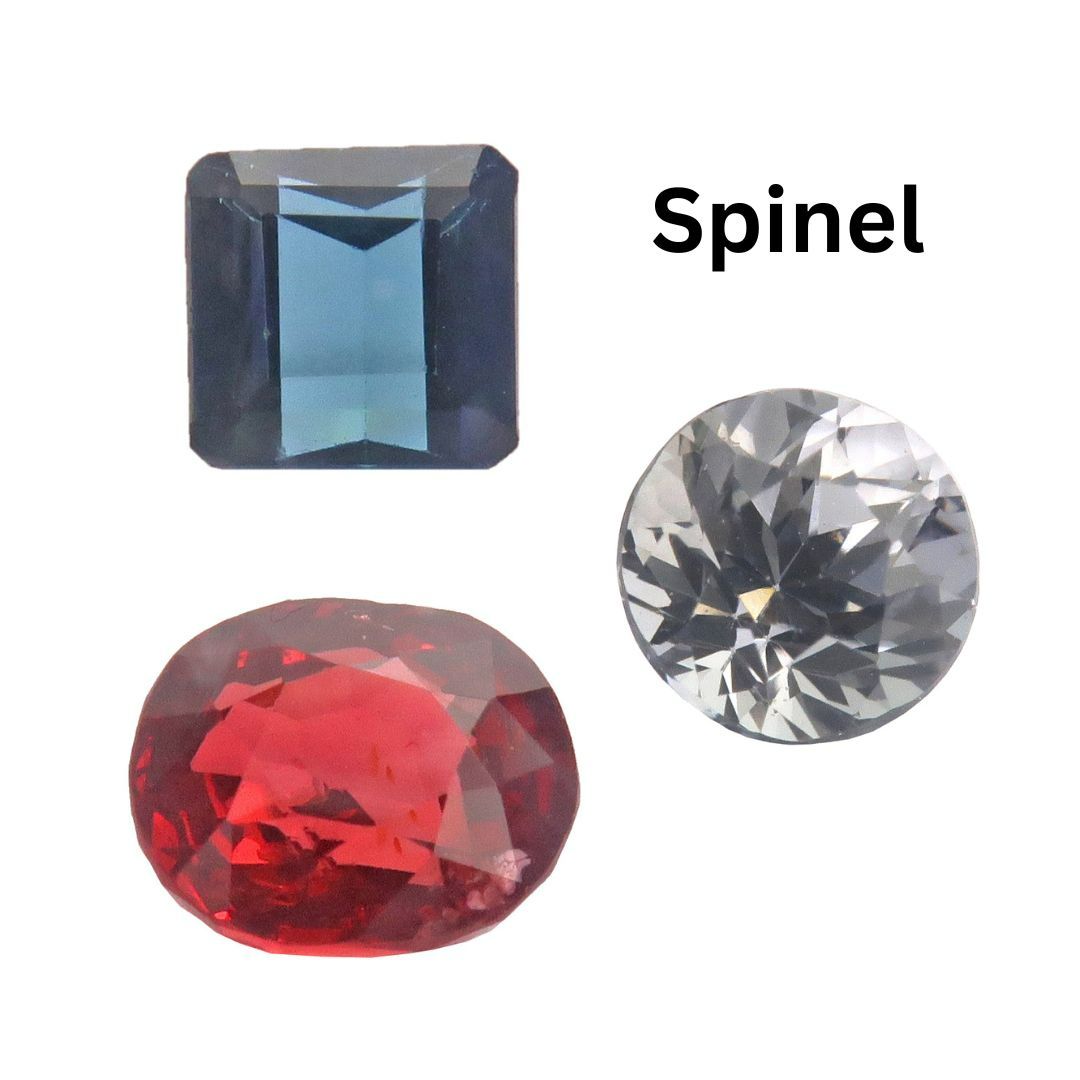
Moving on to the more unusual gemstones, you could consider spinel, an underrated gemstone with great durability which can be found in a variety of colours including pink, red, orange, blue, purple, grey, deep bluish-green, black or even colourless. Natural, cobalt-blue spinel have recently been appearing on the market – stunning, rare and desirable gemstones, these would make incredible engagement rings! Red spinel can make a great alternative to rubies – until the 18th century it wasn’t possible to differentiate between ruby and spinel, so before then, any shiny, transparent red stones found were automatically thought to be rubies.
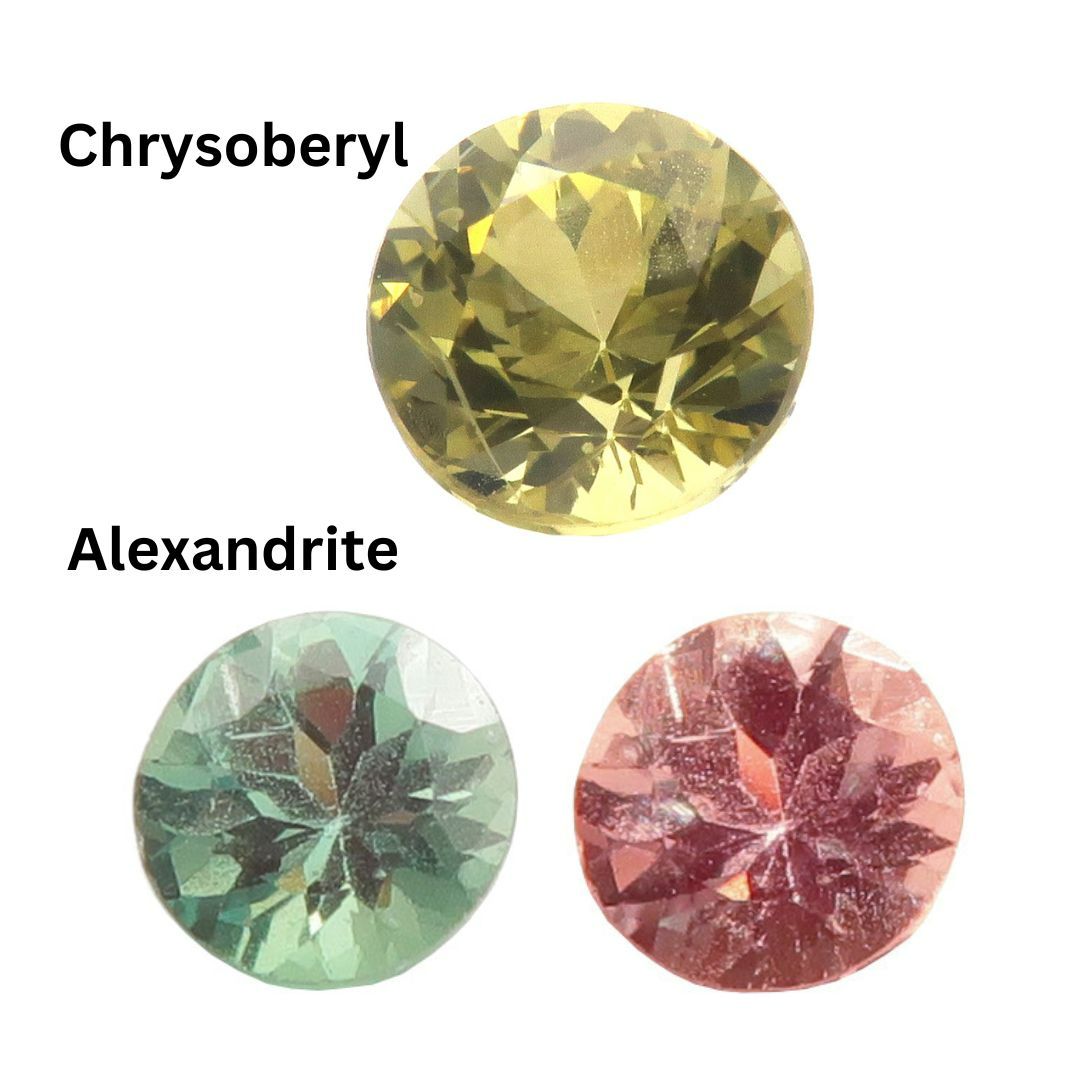
If you favour green or yellow-green gemstones, you could consider chrysoberyl – beautiful stones with great durability. You can occasionally find pale yellow or green-brown translucent stones which displays a cat’s-eye – a reflected band of light that appears to move as the stone is tilted backwards and forwards, caused by multiple, parallel inclusions. For a rare and very unusual engagement ring, alexandrite, the colour change variety of chrysoberyl, would make a stunning alternative gemstone, changing from green in daylight to red in incandescent light.
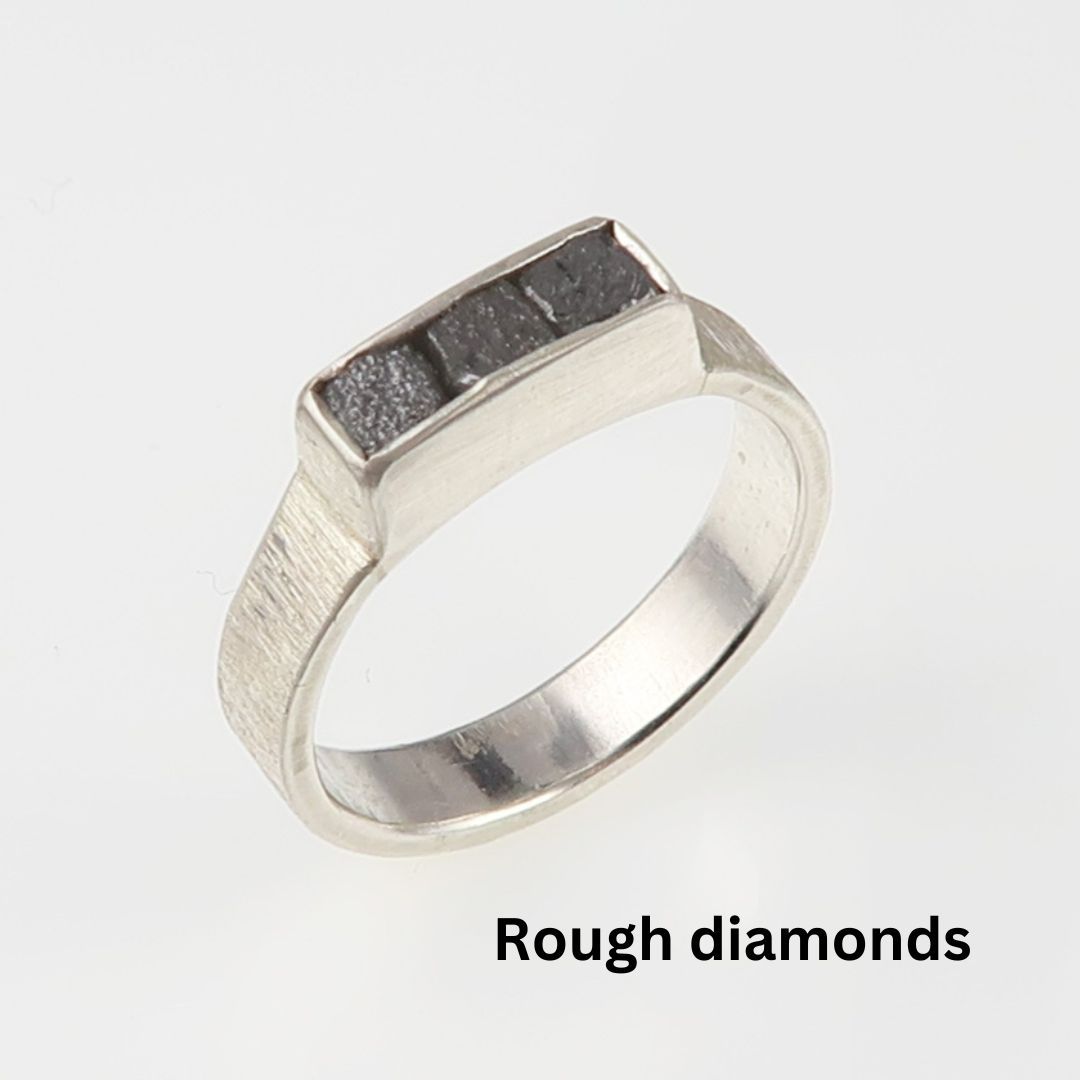
Even if you are looking for something a little different, don’t discount diamonds altogether –if you don’t fancy a traditional polished colourless diamond, what about rough diamonds. One of nature’s amazing creations that didn’t require cutting and polishing by man to enhance its beauty.
If you are saving your money to spend on other things (and yes, it was another De Beers marketing campaign that tried to dictate how much should be spent on an engagement ring), why not think about manmade diamonds, sapphires or rubies. Sometimes called lab-grown or created, these synthetic gemstones all have identical properties to their natural counterparts and will be as durable and beautiful, but at a lower price point.
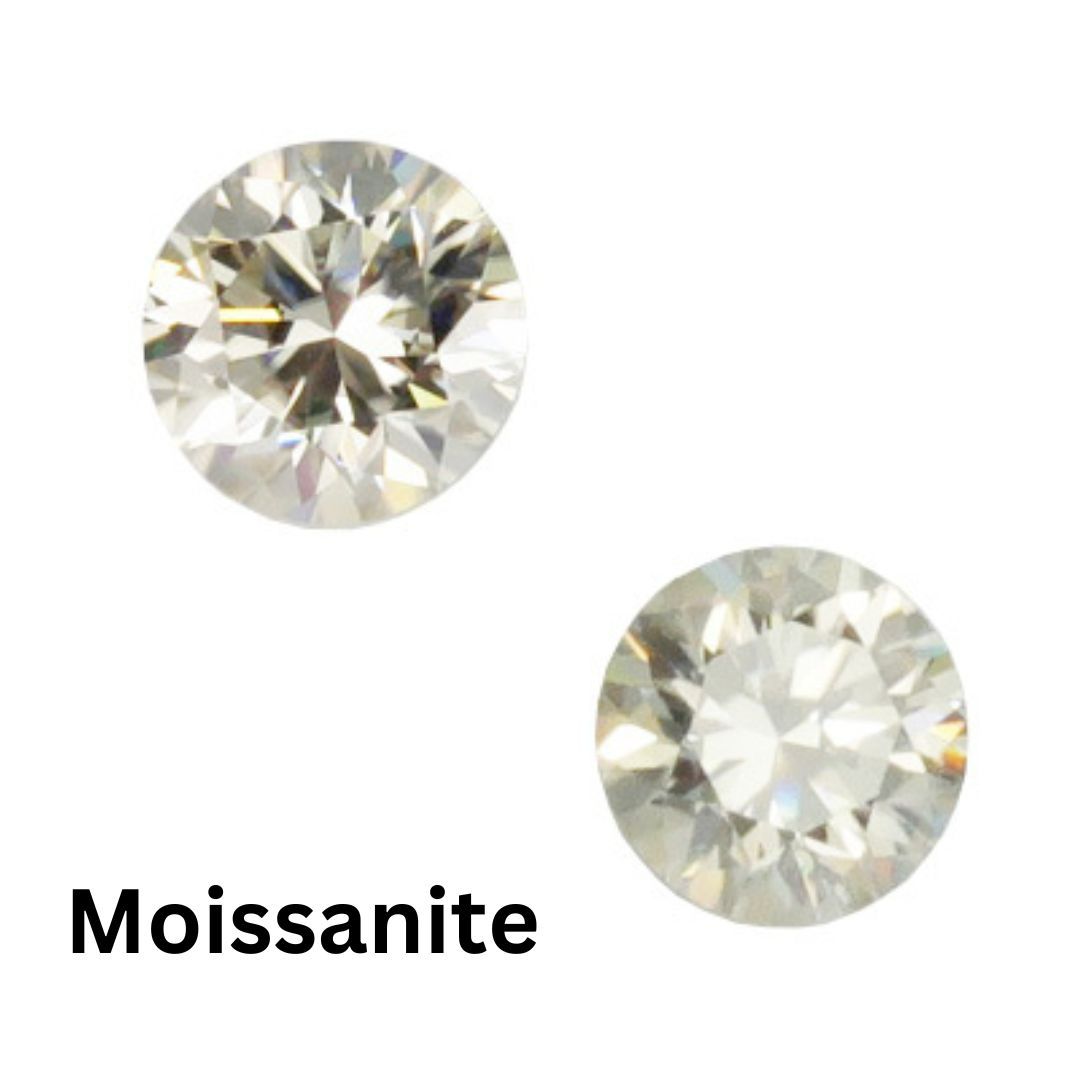
Fancy a colourless stone that’s livelier than a diamond? Colourless moissanite has been used to imitate diamonds in jewellery since the late 1990s, although the mineral was discovered by Henri Moissan around 100 years earlier in a meteorite strike site in Arizona, USA. The natural crystals are too small to use in jewellery so all the moissanite seen in jewellery is manmade. You can also find moissanite with grey, blue, green or yellow tints now, as well as black moissanite. These gemstones are cut from large, single crystals of silicon carbide (also known as carborundum, the abrasive used in wet and dry paper!) giving it excellent hardness and all-round great durability.
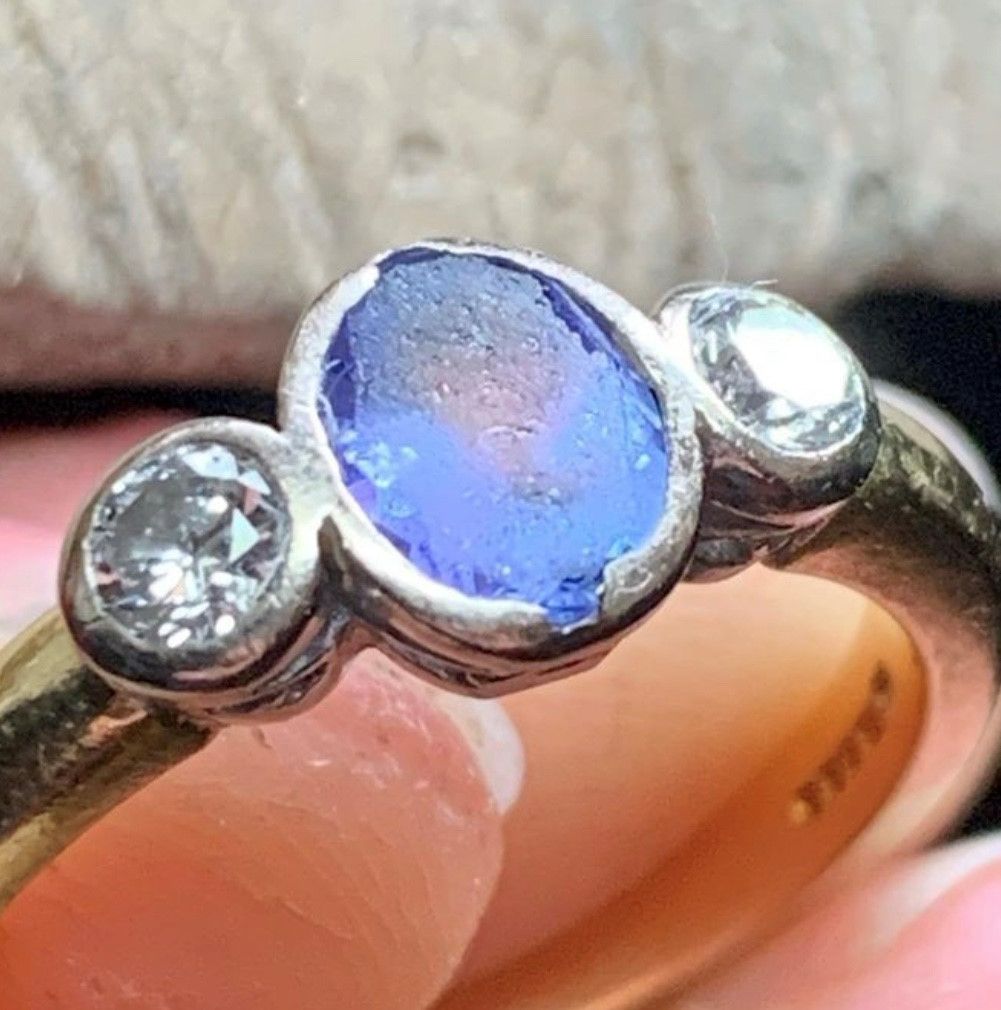
You may be wondering why I haven’t mentioned emeralds – after all, they have traditionally been considered one of the four “precious” gemstones. I’m afraid it is down to their durability – they aren’t as hard as the other stones I’ve chosen and are brittle which makes them prone to chipping. I have also seen opals, pearls and tanzanite marketed as engagement rings. Beautiful as all these stones are, they really can’t withstand the daily wear and tear an engagement ring endures – how disappointing would it be to find that a stone in such an important piece of jewellery was damaged beyond repair, or even lost. Huge thank you to Ella Bullen for letting me use her photo of a damaged tanzanite ring, which demonstrates what can happen...
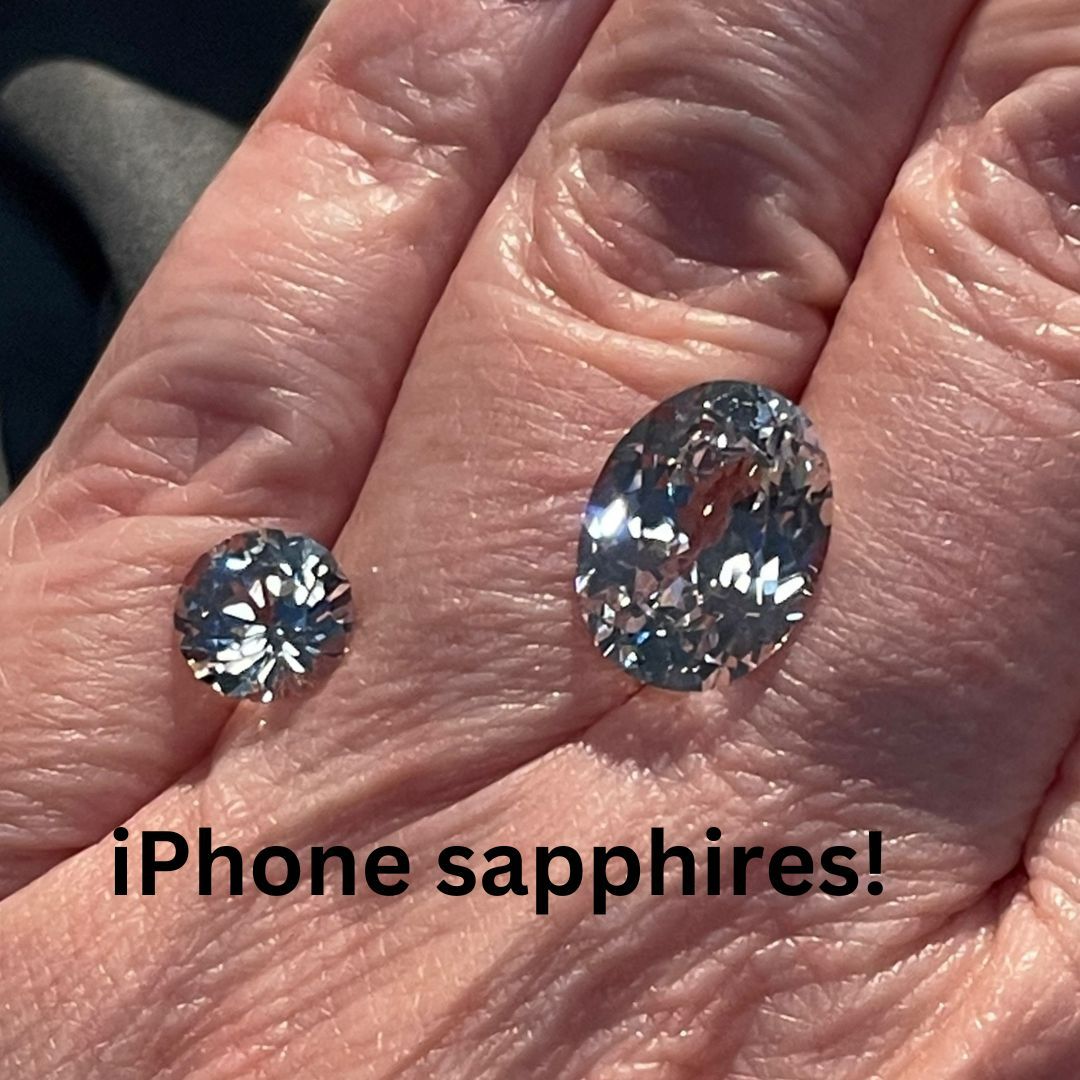
I would like to throw a couple more ideas into the mix… there are some exceptionally exciting and unusual manmade gemstones out there which would be a real talking point… how about a synthetic sapphire gemstone, cut from a crystal which was grown to be used in lasers… or a colourless synthetic sapphire gemstone like these, cut from a crystal originally intended to become the screen of an iPhone…

Once you’ve chosen a gemstone, another important consideration is where you buy it from. There are many, many reputable gem dealers and jewellers out there but there are also those who, through misunderstanding, lack of knowledge or sometimes sadly, intent, mis-describe and mis-sell gemstones. Perhaps start by looking for someone who is recommended - do extensive research, this is likely to be a considered purchase so do take the time to do this.
Laboratory reports may be offered for higher priced gemstones, which can give some reassurance, but do check for yourself that the laboratory exists, that it is one of their report numbers and that the stone being offered matches the stone detailed on that particular report. Be cautious of plastic, credit card-sized gem certificates – I have found many that are completely misleading about the “stone” they certify while being issued by “laboratories” that don’t even exist… once again, please do your research.
Don’t forget that well-used saying about a bargain… if a deal looks too good to be true, it probably is!
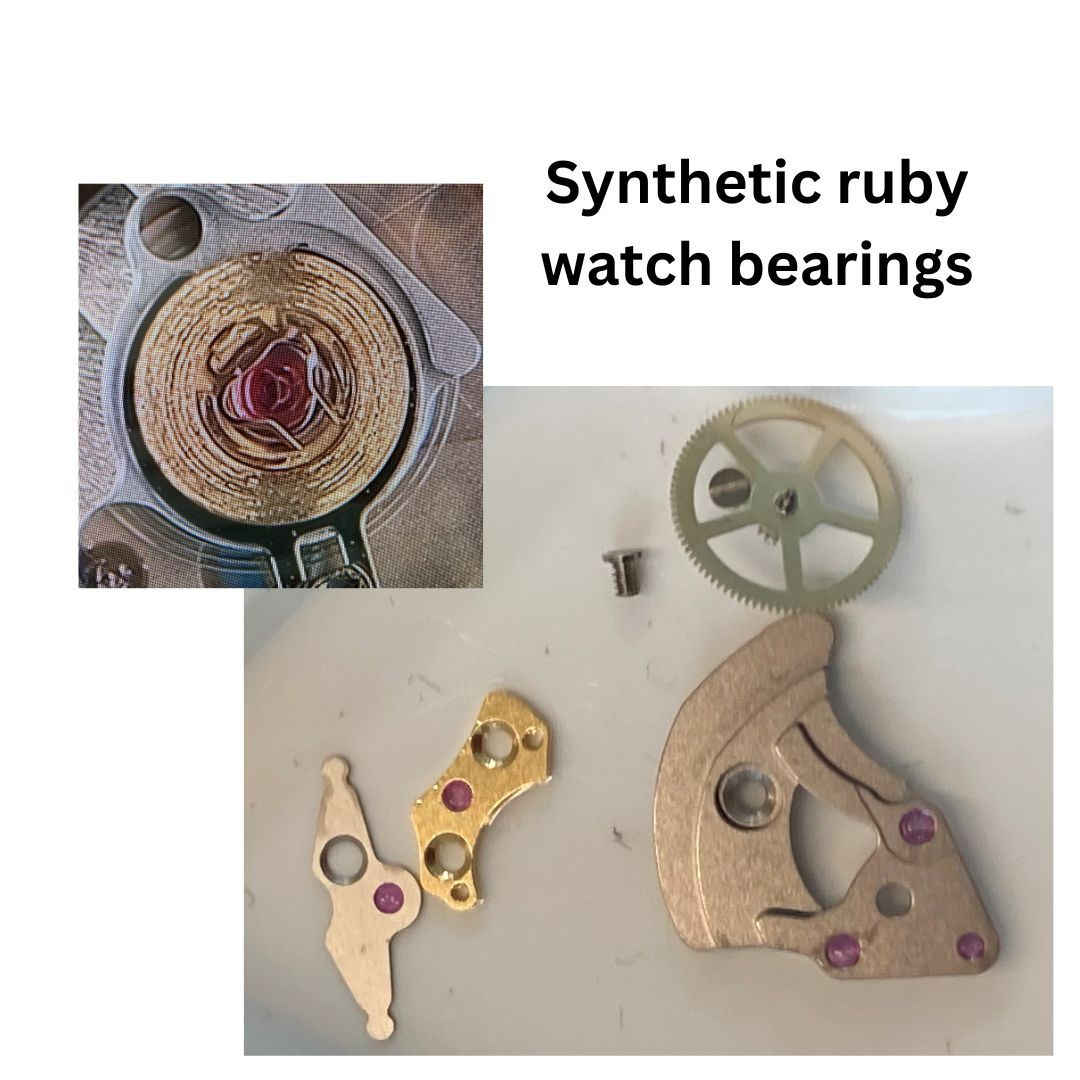
Going way off topic and thinking outside the (ring) box for a moment… if you don’t want an engagement ring but do want to mark the occasion… what about a watch! You could choose one with sapphire crystal glass (which is synthetic colourless sapphire), an automatic one with synthetic ruby bearings in its movement, one which uses a synthetic quartz to regulate its movement (making them incredibly accurate) or one whose entire case is made from synthetic sapphire…
If you really want to look away from jewellery and watches altogether, what about a serious pair of Bowers and Wilkins speakers which have synthetic diamond tweeters… or a BMW which has a Bowers and Wilkins audio system, also featuring these amazing tweeters! Just a budget-busting thought…
Hopefully, this will have given you some ideas for alternative gemstones that would be wonderful in unusual engagement rings. If you do decide it’s got to be a diamond and nothing else will do, why not have a look at coloured diamonds – they aren’t all in the celebrity price bracket and you’ll find a variety of colours in varying hues and saturations of yellow, brown, blue, green, pink and grey as well as deep and mysterious black. You can occasionally find red and purple diamonds too, but they are very rare and they do tend to have celebrity price tags!

Add a comment: